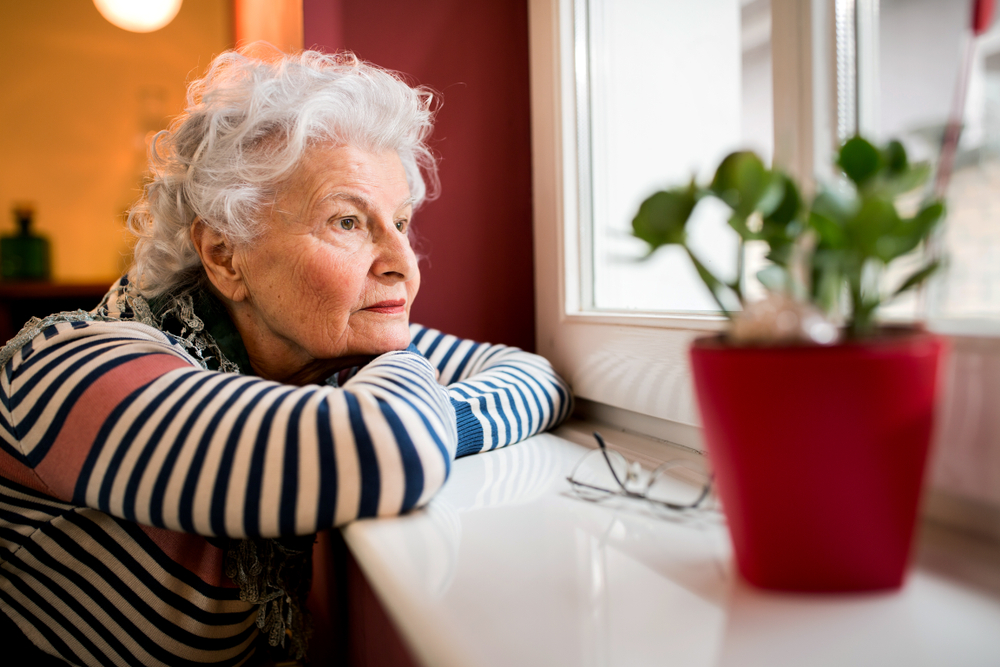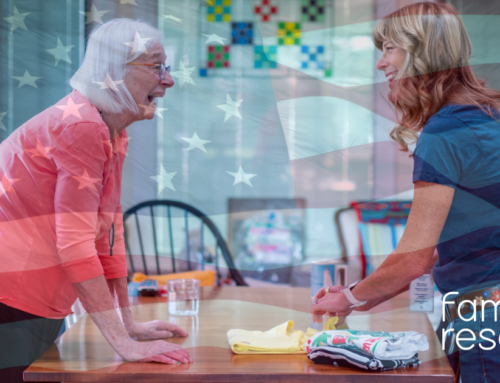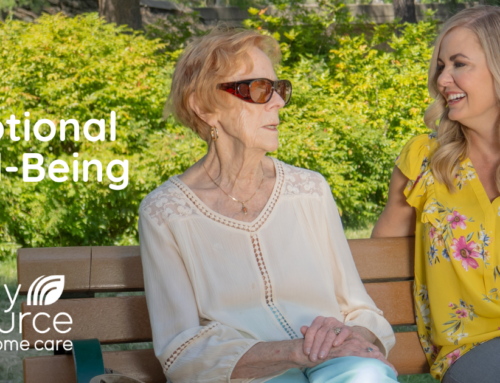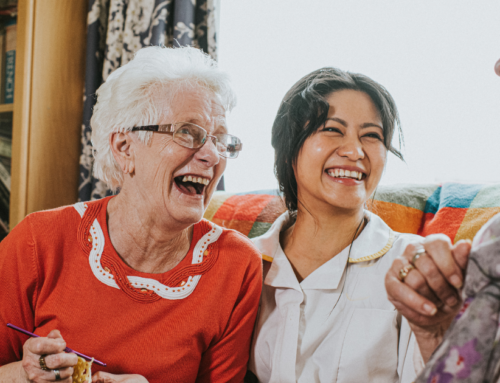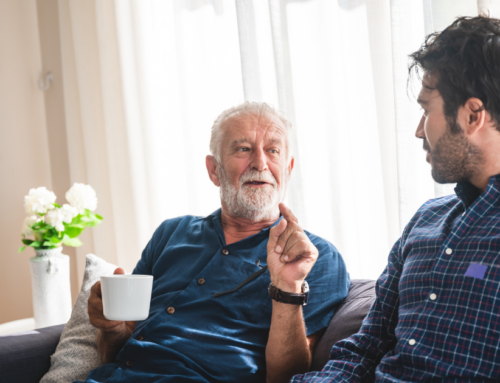Even before the coronavirus pandemic arrived on our doorstep, and before “social distancing” radically changed the way we work and go about our day, many people were already feeling socially isolated and lonely. The medical community and mental health professionals have long considered the problem of loneliness to be an “epidemic” with serious health consequences.
In 2017 Dr. Vivek Murphy, U.S. Surgeon General (2014-2017) was quoted in the Harvard Business Review as saying, “During my years caring for patients, the most common pathology I saw was not heart disease or diabetes; it was loneliness. Loneliness and weak social connections are associated with a reduction in lifespan similar to that caused by smoking 15 cigarettes a day and even greater than that associated with obesity.”
Today, COVID-19 and the need to socially isolate has simply made the problem worse. And while loneliness is a universal human emotion that can impact anyone, it is particularly detrimental for older adults. Retirement, the death of a spouse, partner or close friends, illness, hearing and vision problems, and reduced mobility are factors that put seniors at an even higher risk of experiencing isolation and loneliness.
In February 2020, just before the coronavirus abruptly transformed our lives, the National Academies of Sciences, Engineering, and Medicine published a report that analyzed years of research about “how social isolation and loneliness affect health and quality of life in adults aged 50 and older.” In The Health and Medical Dimensions of Social Isolation and Loneliness in Older Adults, the Academy reported that “Social isolation and loneliness are serious public health risks that affect a significant portion of the older adult population. Approximately one-quarter of Americans aged 65 and older, are considered to be socially isolated, and a significant proportion of adults in the United States report feeling lonely.”
Studies show that seniors who experience social isolation and loneliness have a higher risk of mortality and are more likely to develop specific health problems such as heart disease, high blood pressure, depression, cognitive decline and dementia, or to become overweight or dangerously underweight. In Social isolation, loneliness in older people pose health risks, the NIH-National Institute on Aging looked at the “biology of loneliness.” Steve Cole, Ph.D, Director of the Social Genomics Laboratory at UCLA, conducted research on how chronic loneliness affects the way the mind and body function. “Loneliness acts as a fertilizer for other diseases,” Dr. Cole said. “The biology of loneliness can accelerate the buildup of plaque in arteries, help cancer cells grow and spread, and promote inflammation in the brain leading to Alzheimer’s Disease. Loneliness promotes different types of wear and tear on the body.”
Of course, not all time spent alone results in feelings of loneliness, and oftentimes isolation is a choice. As people across the globe cope with the impact of COVID-19, those who are not particularly social and who enjoy the peace and quiet of time spent alone generally find social distancing to be a manageable inconvenience. But for others, the order to isolate at home can cause real physical and emotional distress.
It’s ironic. To stay safe from the virus, older people, especially those with compromised immune systems or other health problems, must practice social distancing. But the very act that is intended to keep our seniors safe, puts them at increased risk of loneliness and social isolation – which can itself endanger their health.
What as caregivers can we do to give hope and comfort to our older clients and loved ones? While they may not be able to enjoy visits from friends and family or participate in social activities, we can help them stay connected with family members and friends. Assisting seniors to use the phone, skype, or conduct “face-time” chats may be enjoyable for them. You can help older people feel part of a broader community by reading a newspaper or magazine article out loud. You can listen to music together or even go on a “virtual tour” of a famous museum or national park. Spending a few minutes doing light exercise or just walking can also benefit older adults as well as anyone stuck at home for an extended period of time!
When you are with them, remember that you may be the only person they will see or speak with that day. During this period of uncertainty and social isolation, one of the most important things you can do is sit down for a bit and just converse. Remind them that you are there and that “we are all in this together.” Assure them, “this too shall pass.”

